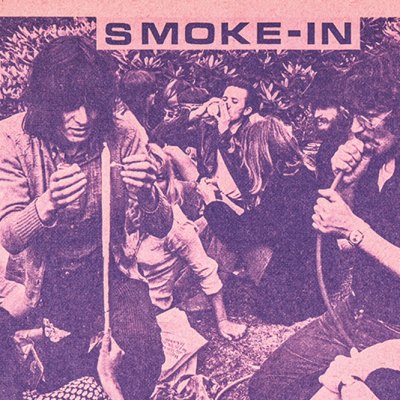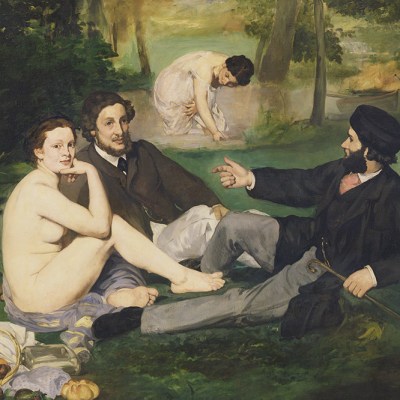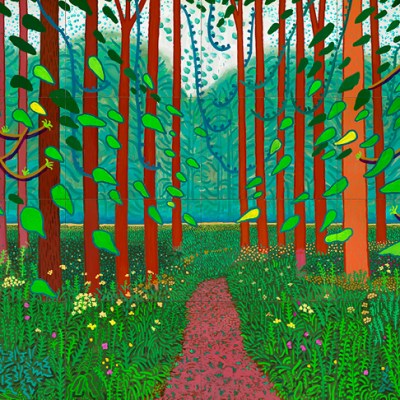With all the very important art anniversaries celebrated last year – the birth of Impressionism, the birth of Surrealism, the founding of the National Gallery in London – it was hard to find room for more personal commemorations. But 2024 also marked the 70th anniversary of David Hockney picking up the implement that would change his life forever. Rakewell is referring, of course, to the cigarette. The son of an anti-smoking campaigner, Hockney took up the habit in his teens and has never looked back.
The latest authority figure to disapprove of Hockney’s great passion is the Paris Metro. This week it pulled a set of adverts for ‘David Hockney 25’ at the Fondation Louis Vuitton that feature a photograph of Hockney, crayon in one hand and cigarette in the other, seated at a painting of Hockney with a crayon in one hand and cigarette in the other, with this painted Hockney seated at a painting of Hockney… Rakewell trusts you get the idea. The cigarette is barely discernible; given that France has done more than most countries to glamorise smoking, your correspondent wonders if Hockney’s mistake was to not have made the cigarette visible enough.
No living artist has done more to try to rehabilitate the image of tobacco than Hockney, though several dead ones have. ‘Among my colleagues,’ Hockney once said, ‘Picasso smoked, lived to be 91; Monet smoked, lived to be 86; Renoir smoked, lived to be 78; Van Gogh smoked a pipe, and he died early, but not from smoking.’ Art history is indeed littered with tobacco ash. Smoking has been favourably depicted since the Mayan era but it really came into its own in Dutch paintings of the 17th century. One stand-out among many is Joos van Craesbeeck’s presumed self-portrait from 1626, in which the artist shapes a breath of smoke as it wends its way out of his mouth.
The Smoker (1635–36), Joos van Craesbeeck. Musée du Louvre, Paris. Photo: Fine Art Images/Heritage Images via Getty Images
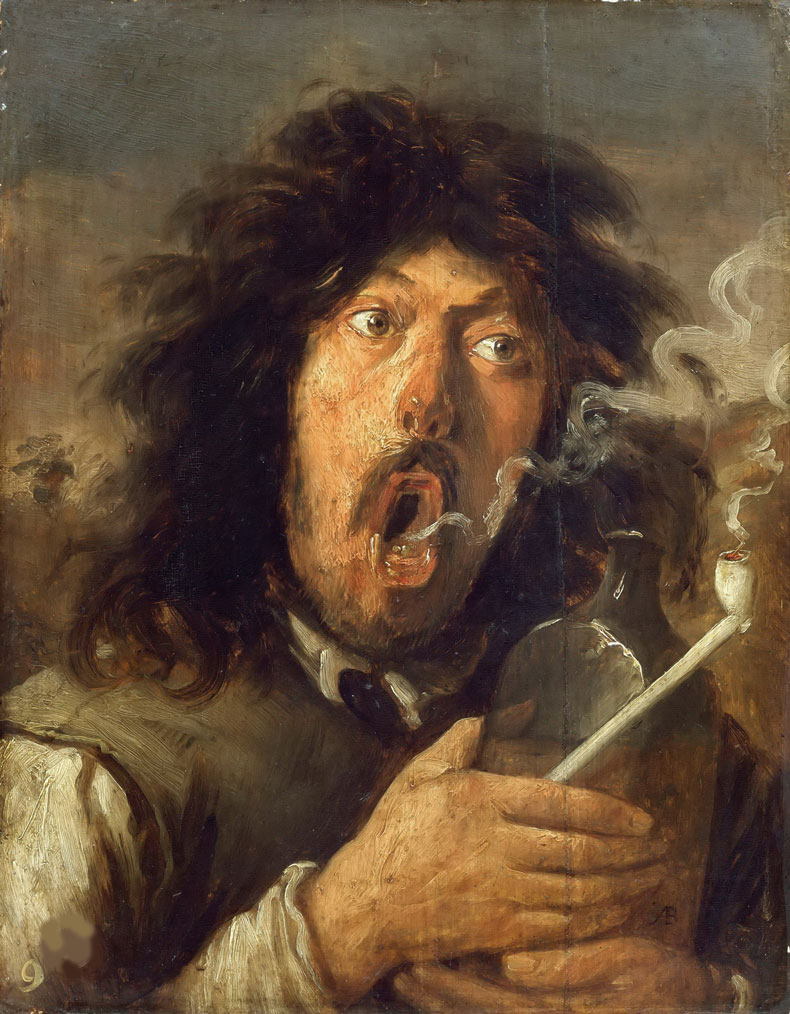
There is no shortage of Impressionist paintings that feature cigars and cigarettes – see, for example, Manet’s portrait of a pensive Stéphane Mallarmé:
Stéphane Mallarmé (1876), Edouard Manet. Photo: © Musée d’Orsay, dist. GrandPalaisRmn/Patrice Schmidt
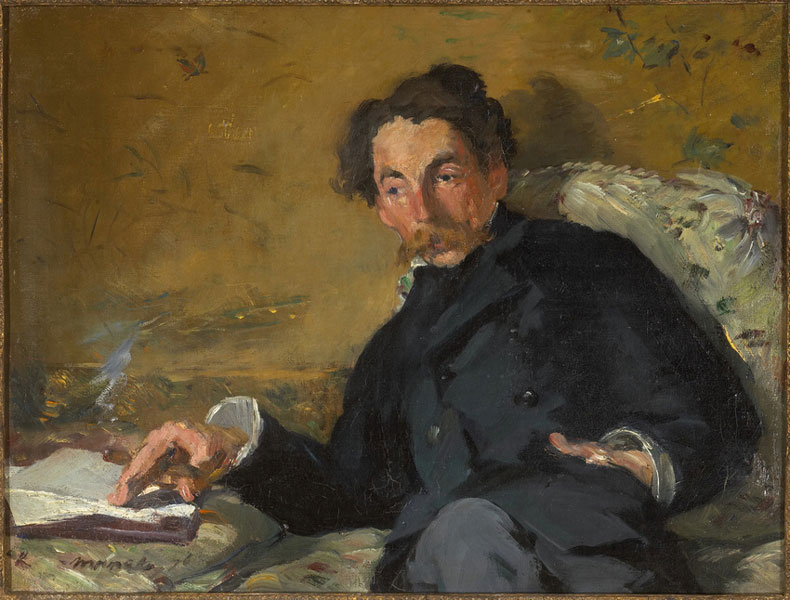
And your correspondent need scarcely mention Magritte, who turned a tobacco pipe into one of the most famous paintings in history. But smoking isn’t just for humans. Louis Wain could draw cats doing just about anything – singing carols, playing cricket, wreaking havoc in classrooms; it’s unsurprising that in The Bachelor Party, the most dignified cats are the ones calmly puffing away.
The Bachelor Party (n.d.), Louis Wain. Private collection

None of this would come as a surprise to Hockney; in any case, he feels that he has the last laugh. ‘I’ve had three doctors in the past 40 or so years,’ he told the Sunday Times Magazine in 2020. ‘They all told me to give up smoking and now they’re all dead.’


